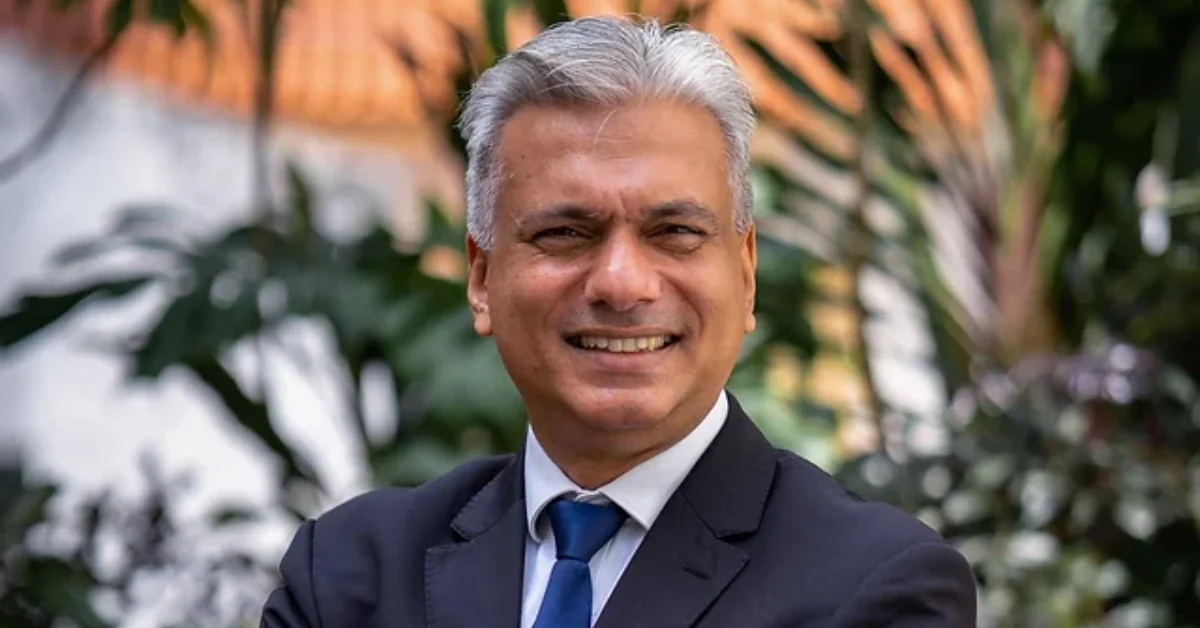Harpreet Nehal Singh met with Senior Leaders of PAP and Lee Kuan Yew between 2005 to 2006
From PAP aspirant to WP member - or mole?

Nearly two decades ago, Harpreet Nehal Singh — Harvard-educated, mentored by legal giant Davinder Singh, and bold enough to spar with Lee Kuan Yew on live television — sought entry into Singapore’s ruling elite.
Between 2005 to 2006, Harpreet met with the top brass of PAP's leadership - including multiple one-on-ones with Lee Hsien Loong, Tharman Shamugaratnam, S Jayakumar (then deputy prime minister) and the late Lee Kuan Yew.
As Jom confirms in a 2024 interview with Harpreet: “The cabinet deliberated” before rejecting him with the ambiguous, “There are different ways to contribute to this country.”
Now, at 59, Harpreet traded the establishment’s orbit for the opposition’s front line.
From PAP Aspirant to WP Member — or mole?
Harpreet's rejection didn’t end his political ambitions — he applied for an NMP role in 2007 but was again unsuccessful.
By the 2010s, Jom notes his growing disillusionment with PAP, mirrored by its declining vote share (75.3% in 2001 to 61.2% in 2020).
In 2021, he began volunteering with then - WP MP Leon Perera, and by 2023, he was seen in WP’s light blue uniform, engaging in walkabouts and Hammer newspaper sales.
The timing and context of Harpreet’s PAP meeting invite close to two decades ago invite speculation: was his rejection genuine, or a staged exit to position him as a long-term asset?
Meeting senior PAP leaders suggests trust — why entertain a high-profile candidate only to dismiss him without cause?
Harpreet is Establishment material
Harpreet’s resume screams establishment: Straits Times columns, elite circles, a career thriving in the PAP’s ecosystem.
His 2023 pivot to the WP feels dramatic—too dramatic, perhaps.
Jom quotes him decrying POFMA, Yale-NUS’s closure, and media control: “I don’t see this thing self-correcting.”
It’s a sharp but measured critique, never fully anti-establishment - almost as if he’s playing a part, staying within bounds set by unseen handlers. But it’s also rehearsed, polished — “carefully primed, bullet-proofed,” as Jom puts it.
Could Harpreet’s 2005-2006 encounter have been a directive to embed himself elsewhere, resurfacing in the WP as it gains traction ahead of the 2025 General Election?
The mole hypothesis
Here’s the theory: the PAP, masters of control, saw in Harpreet not a liability but an asset.
They let him simmer, maintaining his insider ties — think Davinder Singh’s mentorship, his establishment perch — while grooming him for a covert role.
That 2005-2006 meeting wasn’t a dead end — it was a starting line. He’s not hiding disillusionment; he’s concealing loyalty.
The WP’s growth threatens the PAP’s grip; who better to embed than a credentialed ally who can pass as a convert?
If he wins a seat, he’s not just a voice — he’s a listener, a conduit back to the ruling elite.
Jom calls him a potential “big fish” for the opposition, but what if he’s bait, dangling to keep the WP in check?
The PAP didn’t lose him — they deployed him.
Harpreet the Harpoon
Harpreet’s WP role is public: he’s been photographed with leaders like Pritam Singh and Sylvia Lim, and his March 18, 2025, Facebook post declares pride in the party, advocating “balanced politics.”
Yet, the PAP’s silence on his departure is telling — no rebuttal, no narrative.
His insider roots — mentored by Davinder Singh, a PAP stalwart — contrast with his late opposition turn at 59.
The WP’s rise (10 seats in 2020) makes it a target for monitoring; Harpreet, with his credentials, fits as a potential plant.
No hard proof exists — his 2005-2006 meeting’s details remain opaque — but the hypothesis lingers.
What’s 'Harpreet the Harpoon' burying? A directive, whispered by senior leaders, to infiltrate and report? A promise of reward if he pulls it off? He’s not the naive reformer Jom lionizes; he’s a chess piece, moved by the party he claims to oppose.
Evidence is thin, but the pattern fits: a man too connected to break free, too strategic to act on whim.
What’s next?
Harpreet’s next steps will clarify his intent.
If he contests in 2025 and wins, his parliamentary actions — loyalty to WP or subtle PAP alignment — could reveal more.
For now, his journey from a 2005-2006 PAP meeting to WP prominence is fact; whether it masks a mole’s agenda is conjecture.
The timeline holds: he met PAP leaders nearly two decades ago, was rebuffed, and now challenges them — or does he?

